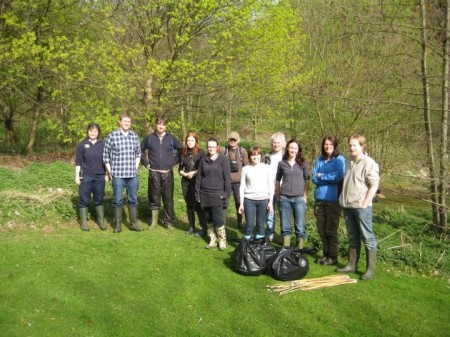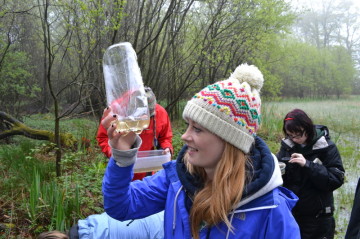About us
- To promote the conservation of all native herpetile species and their habitats in Edinburgh, Lothians and British Isles.
- To establish and monitor the distribution & status of herp species in Edinburgh and the Lothians.
- To liaise with and provide advice regarding herps and the management of their habitats to all relevant statutory organisations and agencies, local authorities and the general public.
- To foster an interest in herpetiles & their conservation and to develop the skills of those interested in these species.
What We Do?
Surveying & Monitoring
There is an ongoing programme of surveys looking for new sites with amphibians or reptiles as well as monitoring the status of the species and habitats at known sites.
In the Lothians there are 14 ponds with Great crested Newts recorded and many more with the two other native species. Adders and slow worms occur mainly in East Lothian and lizards throughout
the area.
Management Information & Advice
We are currently drawing up a comprehensive advice sheet for land-owners where the presence of amphibians or reptiles, particularly the rarer or protected species, merits it. This includes not only
advice on the welfare of the animals themselves but importantly the management of the habitat that they require.
Habitat Management & Creation
We have created two ponds in the area to increase the suitable habitat for an isolated population of Great Crested Newts. Plans are afoot to continue this work, in cooperation with the British Trust
for Conservation Volunteers, Scottish Natural Heritage, and the City of Edinburgh Council.
We anticipate building on this success and in partnership with these and similar agencies, continuing this vital work.
Habitat management usually means getting your hands dirty and clearing ponds overgrown with vegetation. It may also mean providing or improving refugia for hibernating amphibians or reptiles. This
work is carried out by ourselves and in cooperation with local conservation volunteers in bodies such as BTCV , Lothian Conservation Volunteers and Scottish Wildlife Trust.
Training
We are well equipped to provide training in survey, monitoring and management work; indeed, it is a requirement that members are fully trained before carrying out any work on behalf of the group. Members will be taught species identification, survey techniques, legislative considerations as well as health and safety aspects associated with site work.
Membership, Insurance & Subscriptions
Associated membership is open to all aged 18 and over. After training, full membership may be applied for, successful applicants being covered by our insurance. The annual membership subscriptions to cover the running costs of the group are set at the AGM. There is currently no charge.





